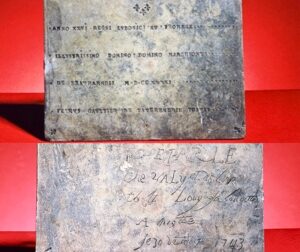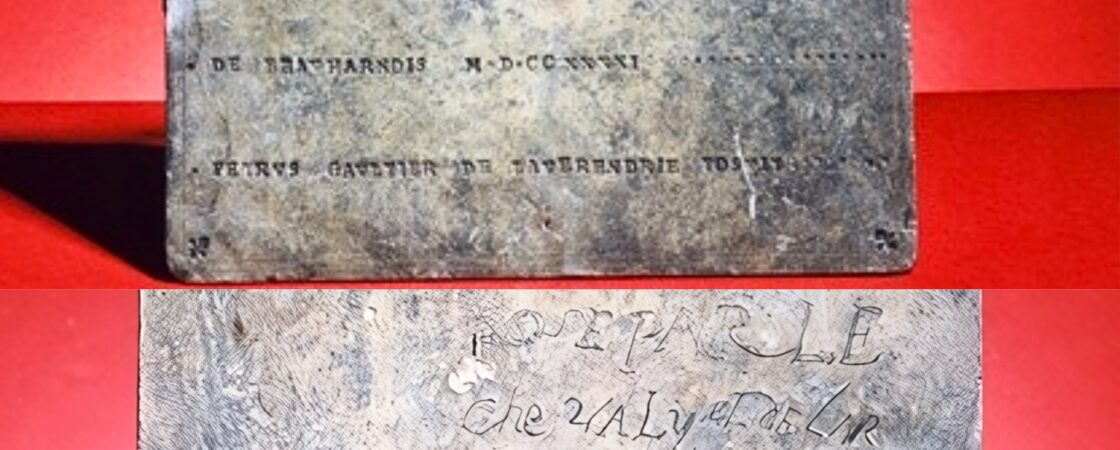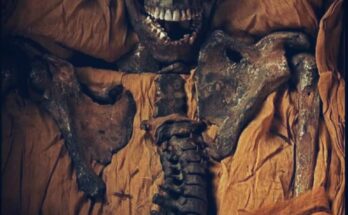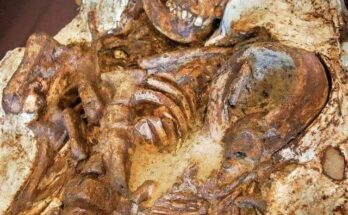Imagine the scene on February 16, 1913: a group of teenagers, out for a leisurely stroll along a Missouri River bluff, stumble upon a curious small lead rectangle nestled among the rocks. Their initial excitement? A chance to earn some quick pocket money. Their lucky break? A chance encounter with state historian Doane Robinson, who saw the true historical value in their discovery and persuaded them to donate it to the state.
Fast forward to today, and that humble find is known as the Verendrye Plate, a key artifact linking us to an epic 18th-century adventure. In the 1730s, Pierre Gaultier de Varennes, sieur de La Vérendrye, set out to explore North America. Due to health issues, his sons completed the journey, reaching what is now Fort Pierre in 1743. There, they met with Arikara tribal leaders and buried a lead plate as a symbol of their claim for their far-off king—a practice common among European explorers of that era.
This seemingly unremarkable plate is now a crucial piece of evidence of the French claim on the land that would later become the Louisiana Purchase. Pictured are the Verendrye Plate and two of the young finders, Hattie Foster and George O’Reilly, who uncovered a piece of history that might otherwise have been lost to time.



